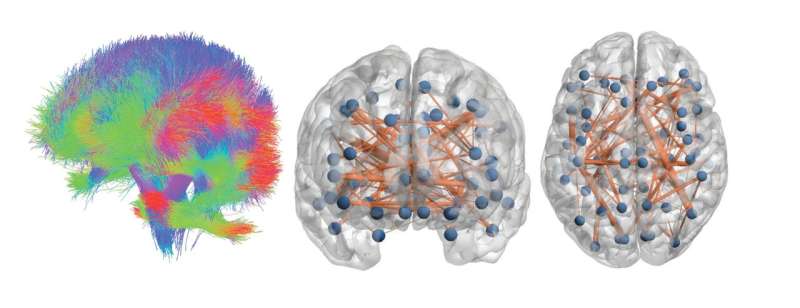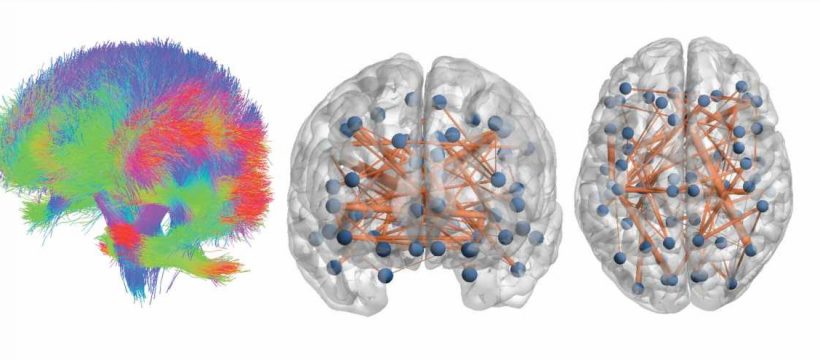
Researchers of the Human Brain Project have developed a new methodology to calculate the delay of signal propagations in brains of patients suffering from multiple sclerosis, a chronic inflammatory disease that affects more than 2 million people worldwide. The results have been published in the Journal of Neuroscience by researchers at the Institut de Neurosciences des Systèmes, Marseille, France and of the University of Naples Parthenope and the University of Campania, Caserta in Italy.
In multiple sclerosis, the immune cells of the body attack the myelin, an insulating sheath that covers all the neurons. Myelin serves a similar purpose to the plastic that insulates electric cables, making electricity travel faster. A damage to the myelin layer in the brain causes the electrical signals to slow down, translating into delayed communications between brain areas and reduced or compromised abilities. Measuring the precise effect of the myelinic damage can help doctors in providing a personalized approach to the patients.
This is harder than it looks for multiple sclerosis: “This illness is a diagnostic paradox,” explains Pierpaolo Sorrentino, lead author of the study. “There are patients whose MRI scans show extensive degradation of myelin but do not experience a corresponding impairment, and others that show little evident damage but still experience considerable issues. Often we are not able to tell by simply looking at the scans.”
Stimulating the brain to measure real-time delay between areas is also not effective when attempting to estimate the delays of many brain connections and not just one: the signal ends up being too muddled up to be a reliable indicator of propagation.
Instead, the researchers have developed a method to measure the delay that does not involve direct stimulation, but uses the neuronal avalanches (bursts of activity happening in cascades) that spontaneously travel across the brain.
“These spontaneous bursts of activity can be used to measure the time it takes a signal to travel across the white-matter bundles connecting any two brain areas and then compare it with healthy controls without any myelinic damage,” says Sorrentino. “By not interfering directly with the signal, we can in a few minutes estimate the delay between most pairs of brain regions and then integrate it with what the MRI scans are showing us.”
Source: Read Full Article
